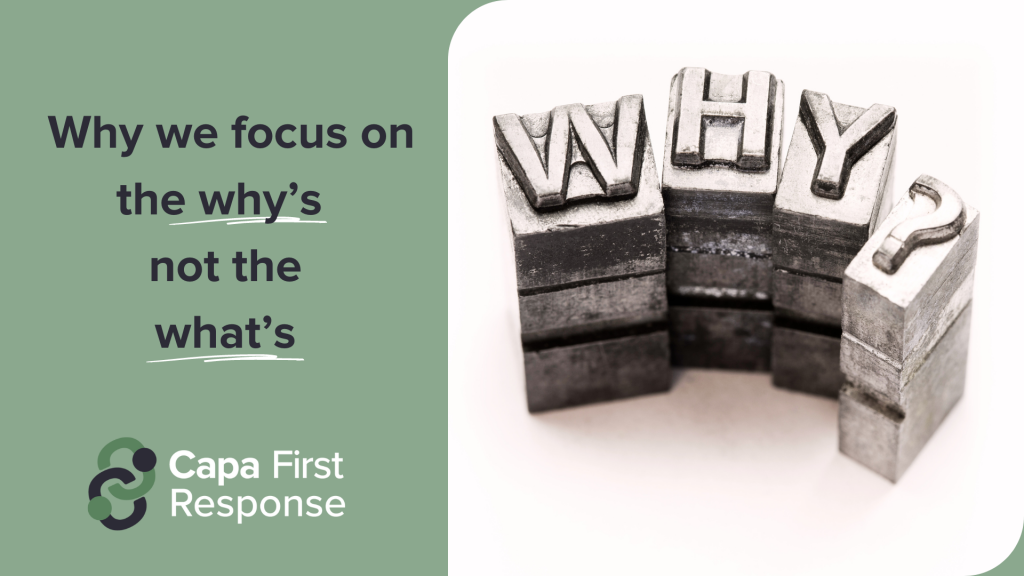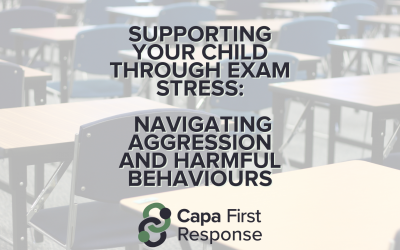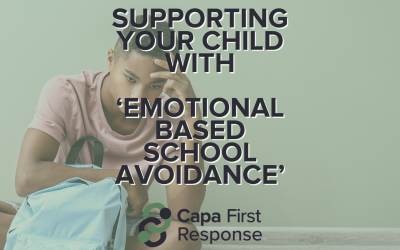Many families we work with have worked with other agencies and services before coming to us through school, GP surgeries or Early Help services. Often they have had to tell their story and explain their situation, at times feeling as though they have to prove what they’re saying is true. What can often follow is a forensic look at the minutiae of the problem in the hope that by examining it from every angle, the professional will be able to give advice to stop the problem behaviour. This is looking at the ‘what’s’.
We take a different approach. We focus on the ‘Why’s instead. We don’t ignore what is happening, but we have found it is more useful to spend more time looking at why this behaviour is happening. It’s important to remember that behaviour is communication. What is your child trying to communicate? What is the problem, worry or need in their life that they can’t express with words, but is serious enough for them to use harmful or damaging behaviour against their parent?
So, what are the benefits of exploring the Why’s?
Greater Understanding
It can be easy to feel overwhelmed and develop ‘tunnel vision’; constantly feeling on high alert for signs of a meltdown or violent episode. This is a valid response to a highly stressful and frankly potentially dangerous situation. This is your own brain trying to keep you safe. However this can mean we lose sight of the fact that the harmful or damaging behaviour is your child’s brain trying to keep them safe. Did you know the brain perceives emotional pain in the same way as physical pain? The brain will respond by fighting against threats to its emotional safety. Viewed through this lens, we can start looking at why a child feels unsafe. The more time we spend trying to view things through our children’s eyes, the greater understanding we have of the things they struggle with. We are all different and have different things we find challenging. For example, getting up and talking in front of a crowd is fine for some people, for others it generates real fear and a noticeable physical reaction. Taking the time to see things from your child’s perspective will give you a greater understanding of them.
Greater Empathy
When we can understand someone else’s experience, it is easier to feel empathy for them. This is a critical part of our work. It can be easy to view a child as a perpetrator, but this is overly simplistic. When a child uses harmful or violent behaviours in the home, there is in most instances a hidden need that is not being met. They use harmful behaviour to communicate this which damages the relationship to the person most important to them; their primary caregiver. When this relationship suffers, the child also suffers. When we are able to understand that this behaviour is an expression of a very big, difficult emotion that our child is struggling to manage, we are able to be empathetic. This can translate as validating our child’s feelings such as ‘I can see that you are really angry and I know that things have been really difficult for you recently. It must be really tough.’
When children use harmful of damaging behaviour at home it can lead to a negative spiral of behaviour. Due to the harmful behaviour, it becomes harder to respond empathetically, which further damages the relationship leading to further harmful behaviour. By reintroducing empathy, we begin to halt the downward spiral.

Sometimes we can understand the ‘Why’ but it can’t be changed – losing a loved one or parents separating, for example. How does knowing the ‘Why’ in that situation help? It allows you to validate your child’s feelings. They won’t have to shout so loud to be heard (literally and metaphorically) if they know they are being heard and their experience understood. However in many instances there are changes that can be made and it’s important to note that sometimes small changes can make big differences. For example a change to a morning routine to help a child feel more calm before school or introducing short dedicated 121 time for your child. Sometimes a small change can disrupt a negative pattern leading to lasting positive change. Sometimes that change can be validating a child’s experience, rather than being afraid to say anything in case it ‘kicks off’.
Thinking about the ‘why’s’ rather than focusing solely on the ‘what’s’ might be the first change you make. It’s not always easy, but it is always worthwhile. You will gain greater understanding, greater empathy and take steps towards rebuilding your relationship with your child. If you’d like to book a session with us, or find out more about what we do please visit this page for more information, and you can see first hand how we investigate the why’s not what’s!



0 Comments